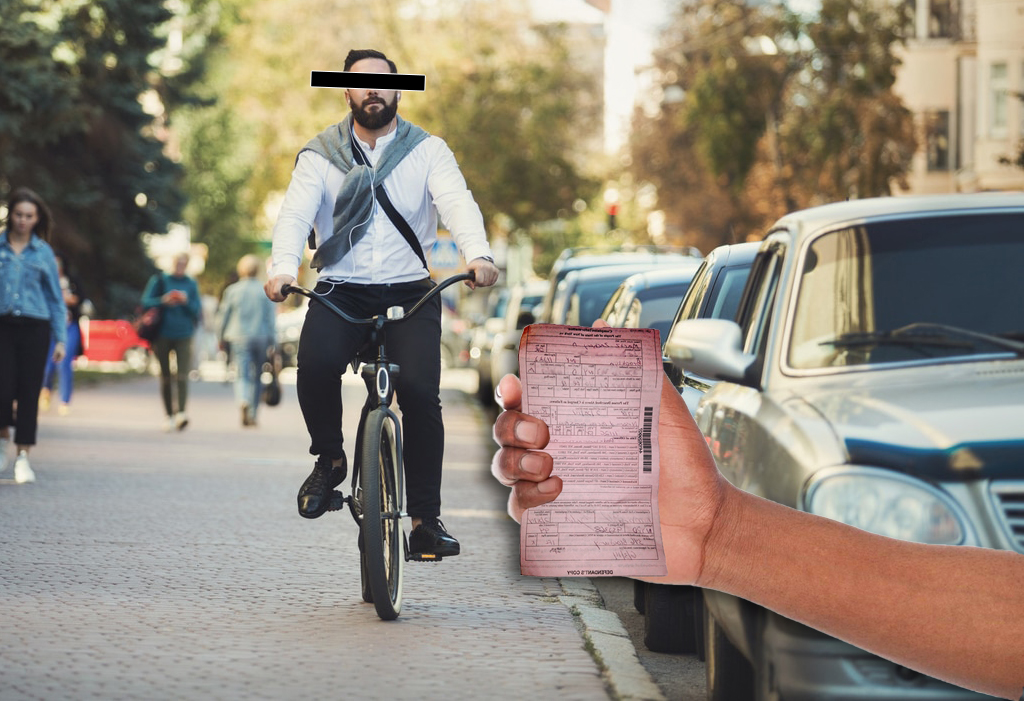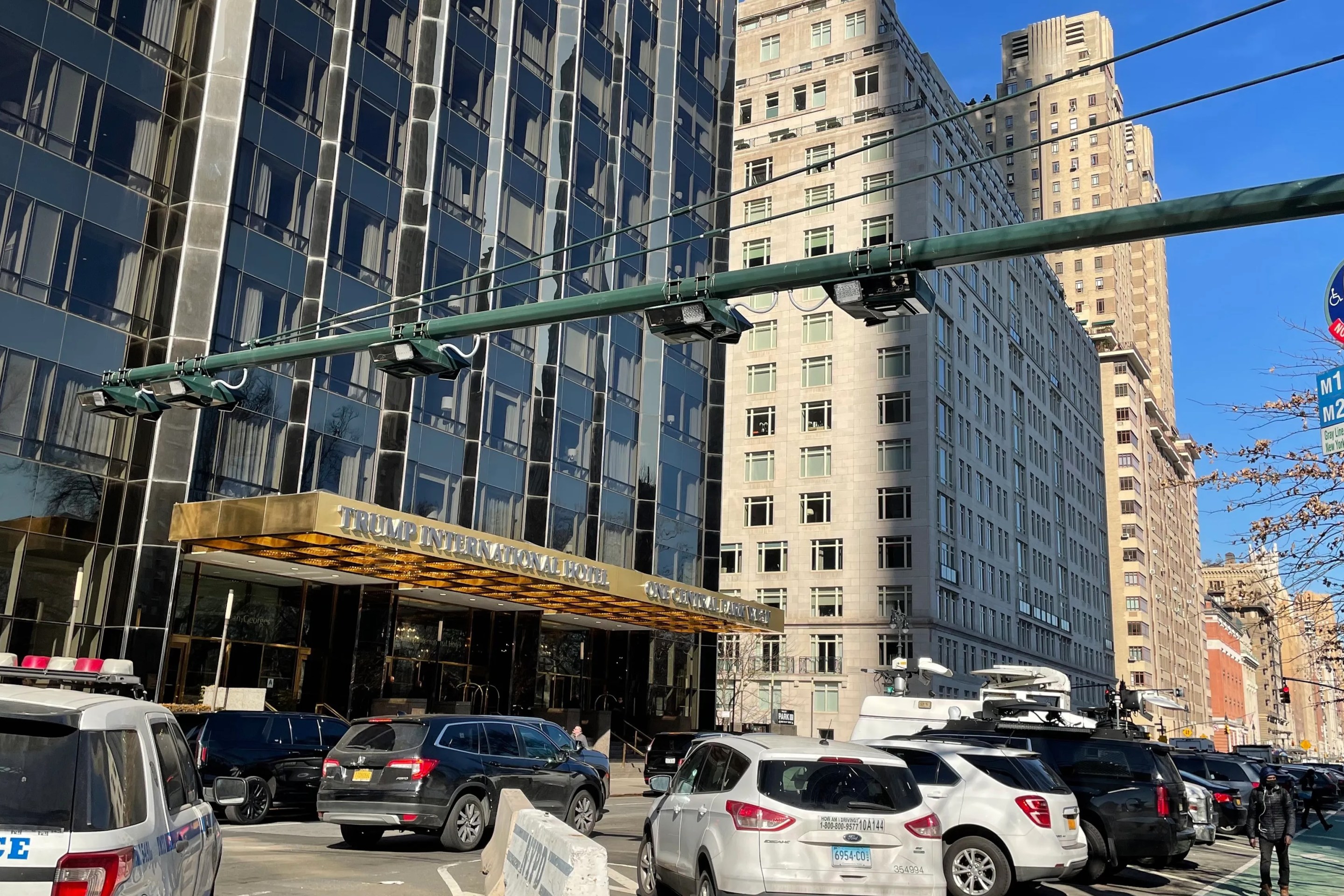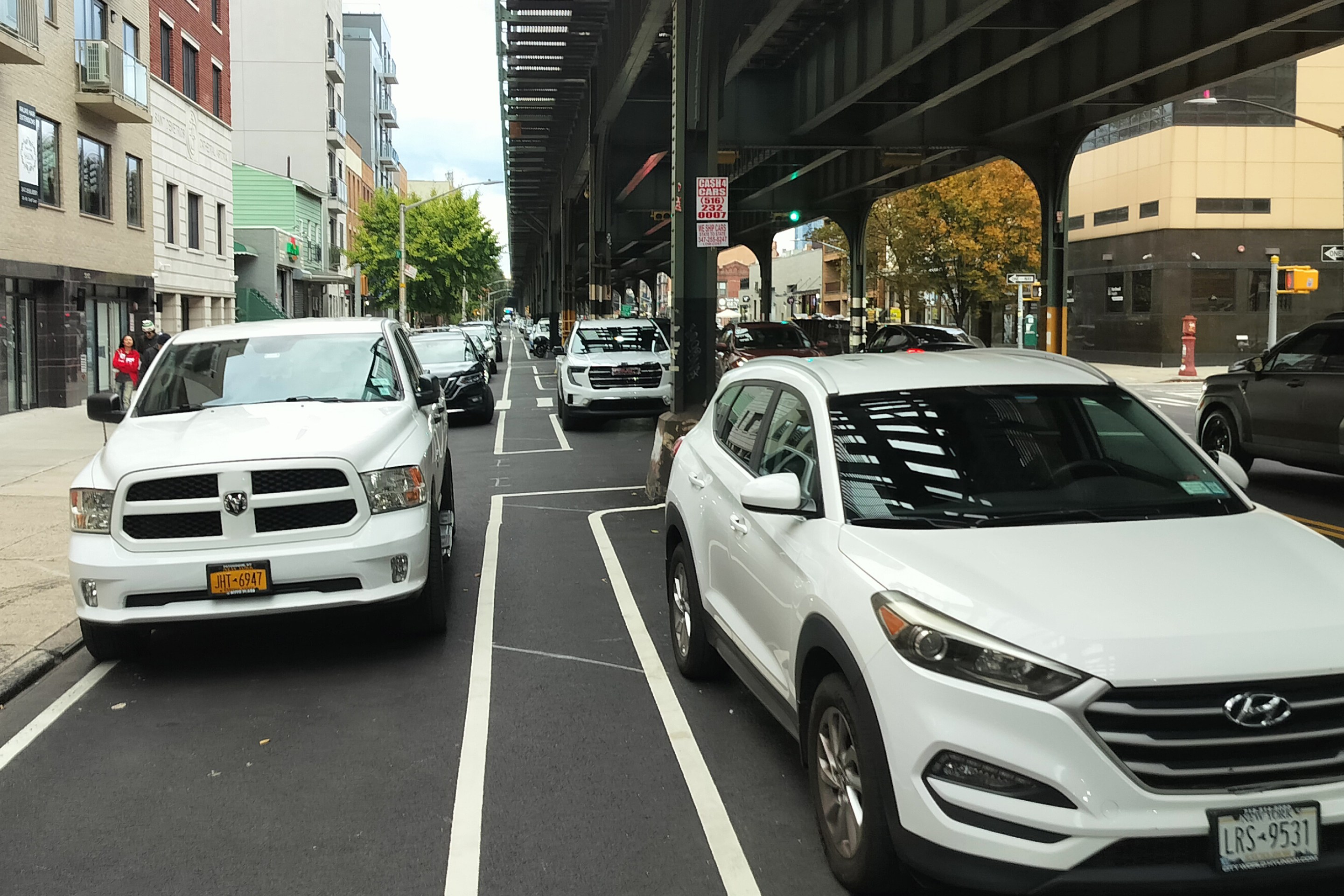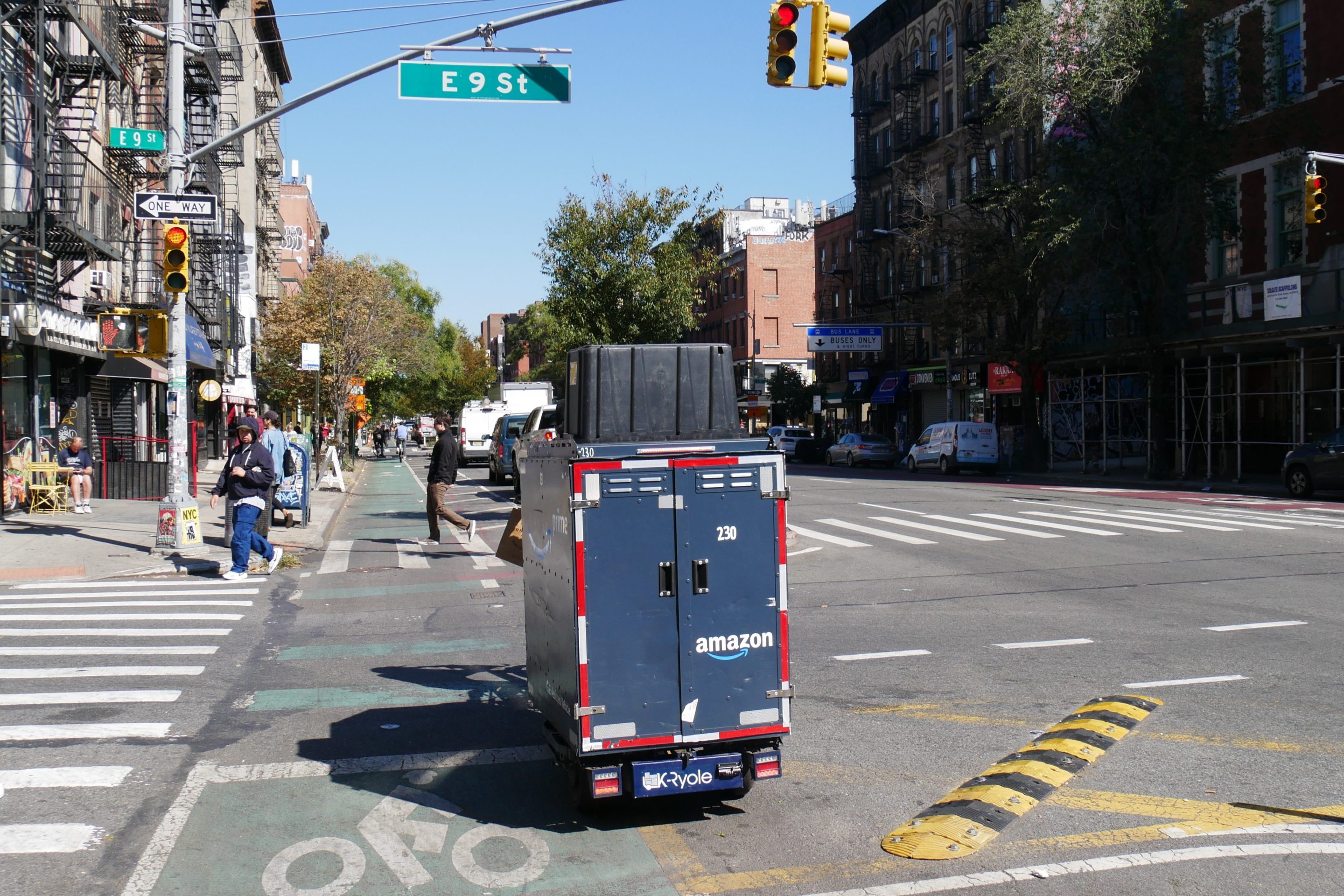Since 2021, third party restaurant delivery apps have been licensed by the city Department of Consumer and Worker Protection, which oversees these apps under Local Law 104 of 2021. That $200 license lasts two years and gives blanket permission for billion-dollar firms to operate citywide without requiring meaningful compliance from delivery companies. This licensing framework is so all encompassing that no app company has ever been threatened with a loss of its license, at least publicly, despite the numerous complaints about these app's business practices.
Complaints about speeding e-bikes, sidewalk riding, unlicensed mopeds and indoor battery charging is the top category of constituent complaints in some districts. Every office hears versions of basically the same complaint: why have we ceded public space, our apartment buildings and our safety, to delivery apps without requiring anything in return?
City leaders keep responding piecemeal — a new 15-mile-per-hour speed limit, a bathroom access bill, a limited bike trade-in subsidy, the confiscation of tens of thousands of gas mopeds, a stalled proposal to repurpose newsstands as charging hubs, and a under-resourced Department of Sustainable Delivery meant to coordinate the mess. Each initiative tackles the latest headline, but together they form a patchwork of unenforced rules layered on top of toothless licenses.
And through it all, the app companies keep insisting that they can’t control the network they designed and operate — that the riders who make up their workforce are independent contractors, and the system is too complex to govern.
We’ve seen this before with commercial trash haulers
New York has been here before and figured out a solution.
For decades, the city’s commercial waste collection system looked just like today’s delivery landscape: chaotic, fragmented and deadly. Private garbage trucks crisscrossed the same neighborhoods every night, racing to serve overlapping clients with no coordination or oversight. The result was a system that rewarded speed over safety — cutting corners, ruining New Yorkers' quality of life and leaving the public to absorb the costs.
Private carting trucks killed more than 40 people between 2010 and 2018, including cyclists, pedestrians, and employees who worked on these trucks. Drivers routinely worked 14- to 18-hour overnight shifts in aging trucks that failed basic safety inspections. The industry became synonymous with corruption and recklessness — and yet, for years, city regulators said the same thing delivery apps say today: the system is too big, too complex and therefore impossible to rein in.
The turning point came only after a series of fatal crashes and investigative reports forced action.
In 2019, the City Council passed the Commercial Waste Zones Law, breaking the city into 20 geographic zones, each served by a limited number of licensed haulers. With fewer operators per zone and real performance standards for safety, labor and environmental impact, accountability finally became enforceable. By zoning licenses to geography and phasing in compliance to regulations by zone, enforcement became possible.
People don’t notice that the commercial garbage industry's safety record has improved, but it has. Who notices a clean garbage truck? Yet commercial waste reform stands as one of the most significant environmental and labor victories in recent city history — proof that even sprawling, private, street-level industries can be governed when the city imposes order through structure comprehensively instead of via individual legislation.
App delivery needs its own zoning system
The app-based delivery economy has many of the same oversight issues that the commercial carting industry once did — at even a larger scale of complexity. Every day, tens of thousands of delivery riders ride unregulated equipment in all weather, taking unsafe batteries on the PATH and the subway, crossing multiple agency jurisdictions, charging in crowded apartments and, believe it or not, in the case of Fulani delivery riders from Guinea, with the same first and last names.
Just as the carting industry once argued that it was “too decentralized” to regulate, the delivery platforms say they can’t control who’s working, what they’re riding, or where they charge. I doubt that — because these companies benefit from this decentralization. When crashes happen, they claim it's not their fault. When whole blocks are taken over by delivery riders because they are not given proper places to rest, the apps don't accept that its their responsibility to deal with the impact they are causing.
A zoned licensing system could change that.
By dividing the city into manageable service areas — and licensing a limited number of platforms or cooperatives in each zone — the city could finally match regulation to geography. Instead of every platform operating everywhere, each would be responsible for safety, training, and charging compliance within its assigned area. Companies that act ethically and on behalf of their workers would no longer be at a disadvantage to companies that don't.
A zoned system would let the city:
- Audit what’s actually happening on the street — speed, charging, equipment — in real time.
- Hold operators accountable for unsafe or illegal behavior within their territory.
- Set measurable performance standards (on-time delivery, crash rates, UL-certified safely charged batteries, rider insurance).
- Reward good actors with renewal rights and revoke licenses from repeat offenders.
We did it before — and we can do it again
No one has all the answers yet — and that’s fine. What matters is acknowledging that zoned licensing is the only framework big enough to match the scale of the problem.
We don’t know exactly how many zones there should be, or whether they should align with boroughs, community districts, or delivery “hot zones.” We don’t yet know how to assign licenses — through competitive bids, cooperatives, or performance-based renewals. Those details can and should be debated.
What’s important is to start the discussion with the right premise: that enforcement without limiting geography has proven to not work . Just as commercial waste reform began with a simple insight — that overlapping haulers made accountability impossible — delivery reform must begin with the recognition that unlimited, citywide app licenses make safety and oversight unenforcable.
The city already proved — through commercial carting reform — that even the most chaotic, dangerous street-level industry can be tamed when accountability is tied to geography and performance. Food delivery licenses deserves the same seriousness.
If New York can divide its waste industry into enforceable zones with safety metrics and renewal rights, it can certainly do the same for the delivery networks that now define how the Big Apple eats.
The “gig economy” can’t keep hiding behind chaos. A zoned system would finally align the interests of riders, platforms, and the public in a single direction: safe, fair, sustainable delivery.






